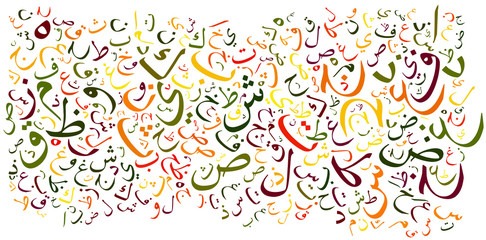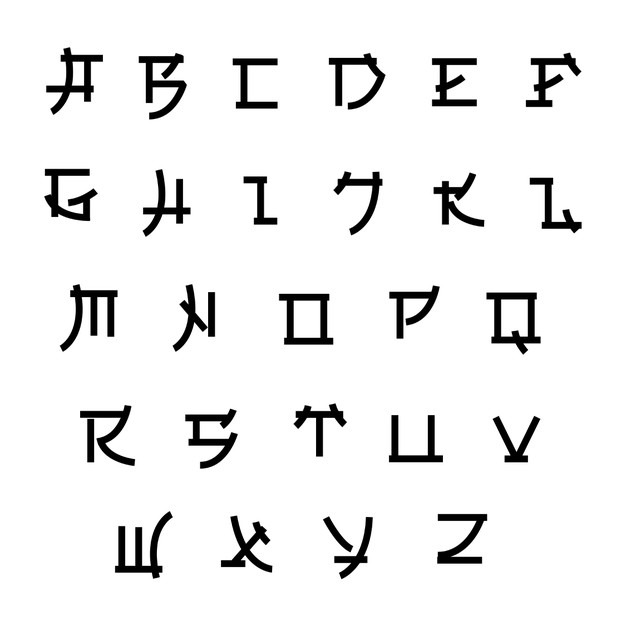The earliest Buddhist texts were passed down orally in Middle Indo-Aryan languages called Prakrits, including Gāndhārī language, the early Magadhan language, and the Pali language through the use of repetition, communal recitation, and mnemonic devices. These texts were later compiled into canons and written down in manuscripts.
The sacred book of Buddhism is called the Tripitaka (called Tipitaka in Pali). It is also called the Pali Canon, after the language in which it was first written. The ancient Indian language, Pali, is very close to the language that the Buddha himself spoke.
Sanskrit Buddhist literature refers to Buddhist texts composed either in classical Sanskrit, in a register that has been called “Buddhist Hybrid Sanskrit” (BHS).
Besides texts considered “Word of the Buddha” (Buddhavacana) by the traditions that transmitted them, Buddhist authors have composed treatises and literary works in Sanskrit dealing with Buddhist philosophy, logic, etc. Besides texts considered “Word of the Buddha” (Buddhavacana) by the traditions that transmitted them, Buddhist authors have composed treatises and literary works in Sanskrit dealing with Buddhist philosophy, logic, etc.
Sanskrit Buddhist literature is, therefore, vast and varied, despite the loss of a significant amount of texts. Today, a large number of those works survive only in Tibetan and Chinese translations.










